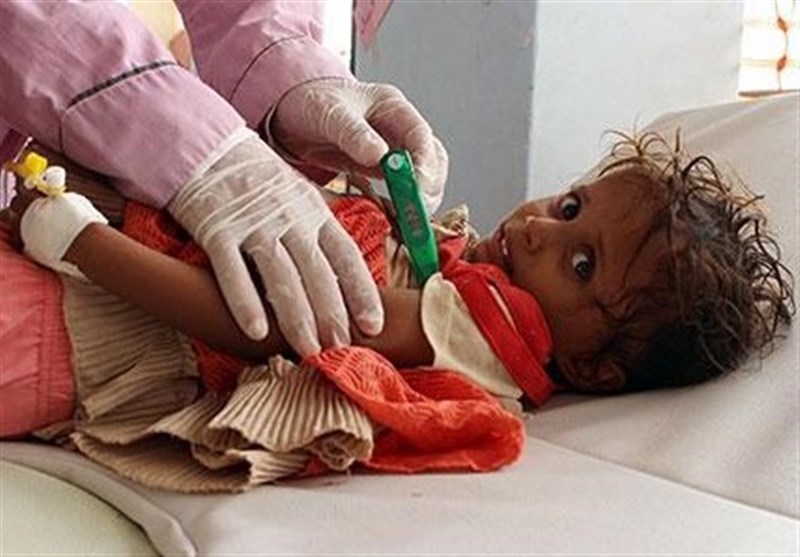Yemen Sees Return to Alarming Levels of Food Insecurity: UNICEF, WFP, FAO
TEHRAN (Tasnim) – The Saudi-led war, floods, desert locusts, and now COVID-19 are creating a perfect storm that could reverse hard-earned food security gains in Yemen, warned the latest Integrated Food Security Phase Classification (IPC) analysis released recently by FAO, UNICEF, WFP, and partners.
The analysis carried out so far in 133 districts in southern Yemen forecasts an alarming increase of people facing high levels of acute food insecurity, i.e. in Crisis (IPC Phase 3) and Emergency (IPC Phase 4) by the end of the year, the official website of the UNICEF reported.
Acute food insecurity in these areas eased last year thanks to a massive scale-up of humanitarian assistance but all the good work could quickly be undone as the number of people facing high levels of acute food insecurity is forecast to increase from 2 million to 3.2 million in the next six months.
This would represent an increase from 25 percent (in February-April) to 40 percent of the population (in July-December) suffering from high levels of acute food insecurity even if humanitarian food assistance and access to those in need are maintained.
Saudi Arabia and a number of its regional allies launched a devastating war on Yemen in March 2015 in an attempt to subdue an uprising that toppled a regime friendly to Riyadh.
Tens of thousands have been killed, an estimated four million displaced and 80 percent of the country's 29 million people are dependent on aid for survival.
The coronavirus pandemic is also raging unchecked in the country.






